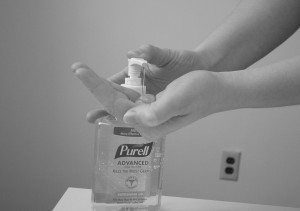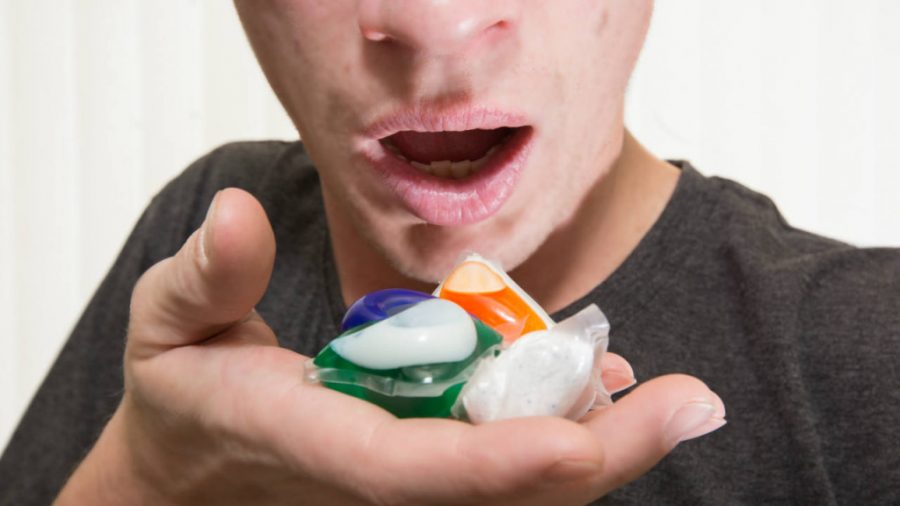By Shen Gao
Staff Writer

You’ve heard it all — cover your sneeze, bring hand sanitizer with you everywhere, use a paper towel to open the bathroom door when you’re done — all the “basics” to staying healthy during flu season. But are these habits really necessary, or helpful?
You really don’t need to carry a bottle of hand sanitizer with you everywhere. Alcohol-based hand sanitizers can certainly come in handy in some situations, but they don’t eliminate all germs. According to the Centers for Disease Control and Prevention (CDC), soap and water are a better choice over hand sanitizers for eliminating certain types of viruses and bacteria, including norovirus and parasites.
Furthermore, if your hands are visibly dirty when you use hand sanitizer, chances are that you are better off using soap and water instead. Although hand sanitizers are effective in a hospital setting, where hands are not visibly dirty or soiled, community activities, including participating in sports, handling food, and cooking in the kitchen, may cause hands to get greasy.
If soap and water are not available, try to use an alcohol-based hand sanitizer that contains at least 60 percent alcohol. This is because hand sanitizers tend to work best when they contain 60-90 percent of alcohol. Any less than 60 percent and you are more prone to allow the bacteria on your hands to get resistant to the sanitizing agent. In addition, non-alcohol-based sanitizers may merely reduce the presence of germs rather than directly killing them.
You also don’t need to cover up your toilet seat with tissues or towels. Public toilet seat covers were invented by an American couple in the 1920s who claimed that toilet seats could spread infectious diseases.
This claim, however, is incorrect. Some of the most infectious and deadly viruses, like HIV and herpes, don’t survive outside of the human body very long. This means that they will hardly cling to and stay on the toilet seat, even if they somehow get there.
Toilet seats can harbor a variety of bacteria like E. coli and streptococcus. But the only way for you to get sick from these bacteria is if you directly touch the toilet seat, then touch your eyes, nose, or mouth with your un-washed hands.
You are probably aware that some people (possibly yourself) like to flush the toilet with your foot. This practice isn’t all that effective, either. This is because whenever someone flushes, fecal matter/germs/bacteria will be spread all over the stall. Unless you are also kicking open the stall door, you will come into contact with germs, because whoever used their hands to flush the toilet will have transferred germs onto the door handle.
It is a good habit to cover your coughs and sneezes. What is not a good habit, though, is to hold your breath when someone around you sneezes or coughs. When someone coughs/sneezes, they are practically shooting bacteria out of their faces. There is little you can do to avoid coming into contact with them. According to a study from MIT, when someone sneezes, the gas cloud from the cough/sneeze can contaminate the entire room in minutes. So unless you can teleport out of the room the moment someone sneezes, you will be coming into contact with the pathogens that are spread.
All in all, bacteria live everywhere. They are inside your body, on your body, on the devices you own — they live on every surface imaginable. There is little you can do to avoid coming into contact with them, and the ultimate advice anyone can offer you right now is simply to wash your hands with soap and water as often as you need.


















